Chainsaws are highly versatile tools that allow you to fell trees, prune branches, cut up firewood and even clean up after a serious storm. Many people enjoy using chainsaws, and some people take great pride in owning several models of varying sizes.
However, if you are a chainsaw rookie and you are considering buying one for home use, you may well be asking yourself the question, what size chainsaw do you need? Should you just buy the biggest one you can find? Or are there advantages to choosing a smaller model?
Here, we look at these questions and more to help you choose the right sized chainsaw for your needs.
If you want a preview of some of the things we’re going to be talking about, here’s a good video that explains some of the points we’ll be mentioning.
Table of Contents
How do you measure the size of a chainsaw?
Before we talk about choosing the right sized chainsaw for you, let’s think briefly about how we measure the size of a chainsaw – because it’s not quite as obvious as it might seem.
One way to talk about the size of a chainsaw is the length of the bar. The bar is the part the chainsaw chain spins around, and it is measured from the tip to where it enters the body of the chainsaw.
Chainsaw bars are not fixed and can be changed for longer or shorter ones, but when you buy a chainsaw, you will be told the length of the bar it comes with. Chainsaw bars for home users are usually within the 10”-20” range, although they can sometimes be longer or shorter.
Another measurement to look at in a gas chainsaw is the size of the engine, stated in ccs. The bigger the engine, the more power it can give you, so this is another useful number to look out for.
Why not just buy the biggest one you can find?
Some people might be tempted to simply buy the biggest chainsaw they can afford. After all, a bigger chainsaw can handle more jobs than a small one, right? Well, not exactly.
While a big, powerful chainsaw with a long bar might allow you to cut bigger trees, there are also disadvantages to having a chainsaw that is too big.
Bigger chainsaws are heavier and more difficult to handle, meaning if you are not used to using a chainsaw, you will quickly become fatigued. Using a chainsaw with tired arms and when you start to lose concentration is a bad idea as this is when accidents can happen.
Large chainsaws are not easy to maneuver, making them less suitable for smaller, more detailed work. Bigger chainsaws are generally more expensive, too, so if you buy a chainsaw that is way bigger than you need, you will just be wasting your money.
Having a huge beast of a chainsaw might be good for your ego, but the best advice is to resist the urge to buy one that is too big and to choose one that is more suited to the work you need it for instead.
How to determine the right length of chainsaw for you
There are several factors to consider when choosing the right size of chainsaw, so let’s look at each of these in turn now.
1. Type of work you need it for
The first thing you need to consider is the type of use you are buying your chainsaw for.
If you are a casual home user who only needs it for light-duty work like trimming small branches or general pruning work, a less powerful chainsaw with a shorter bar will be enough. For this kind of work, something of around 14” will be enough.
If you need a chainsaw for medium-duty work – jobs like cutting down smaller trees, for example – something in the 16”-20” range would be a better pick.
If you are looking for a chainsaw for heavy-duty cutting – including felling larger trees – 22” and above might be more suitable.
2. Diameter of wood you need to cut
An important factor to take into account is the diameter of the wood you will most often be cutting. The usual guideline is to choose a chainsaw with a bar that is two inches longer than the diameter of what you need to cut.
For example, if you need to cut a tree that is 10” across, you will need a chainsaw of 12”.
Note that chainsaws can still be used to cut trees that have a larger diameter than the bar – you can cut from both sides, so the diameter you can cut is effectively almost doubled.
However, it is much more practical to be able to cut with just one pass, so it’s best to choose a chainsaw that is big enough to cut the trees you most commonly cut without the need to cut from both sides.
3. Your chainsaw experience
You should also consider how experienced you are in handling chainsaws. Chainsaws are probably the single most dangerous tool you can own, and using one that is too big and powerful for your experience level can increase the chances of having an accident.
For this reason, chainsaw beginners should opt for small, less powerful machines at least until they become more proficient in using these dangerous tools.
4. Your physical strength
Similarly, if you are not strong enough to wield a large chainsaw, it can also create dangerous situations. Choose a chainsaw that you will be able to use comfortably without becoming tired.
5. Type of saw
You should also think about whether you need a gas-powered chainsaw or perhaps an electric chainsaw or battery powered chainsaw. Since these chainsaws are usually lighter and more manageable, they are often the best choice for the casual home user.
The final word
As we have seen, it is important to choose a chainsaw that is the right size for the work you need to do. A chainsaw that is too small won’t be up to the work but one that is too big might be too heavy for you and could even be dangerous.
Consider carefully the work you need your chainsaw for and choose one that is appropriate. Calculate the diameter of the wood you need to cut and add 2” to work out the best length of bar – and try to avoid buying a chainsaw that is much bigger than you need.
Don’t forget to pin it!



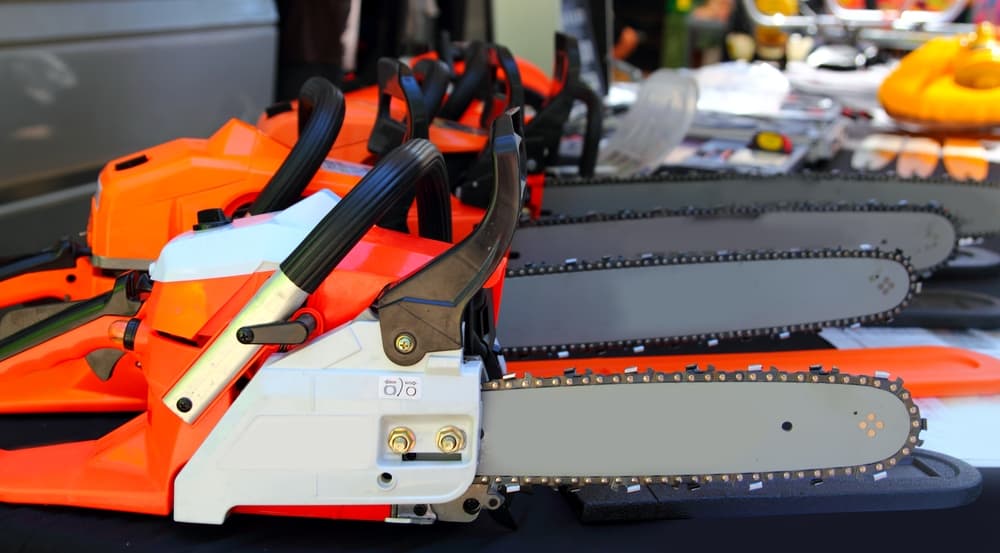


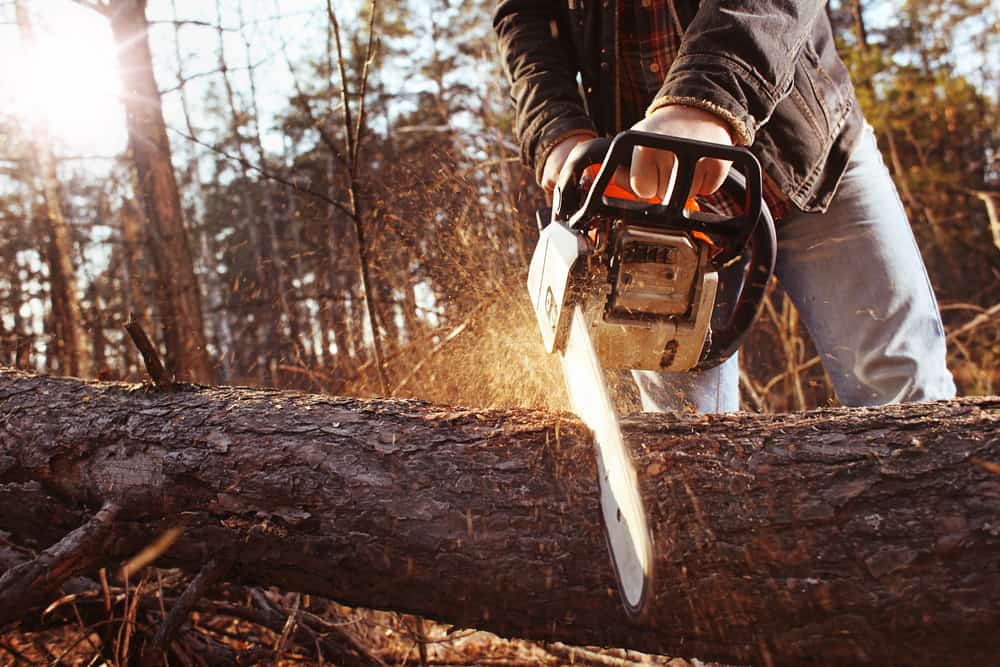




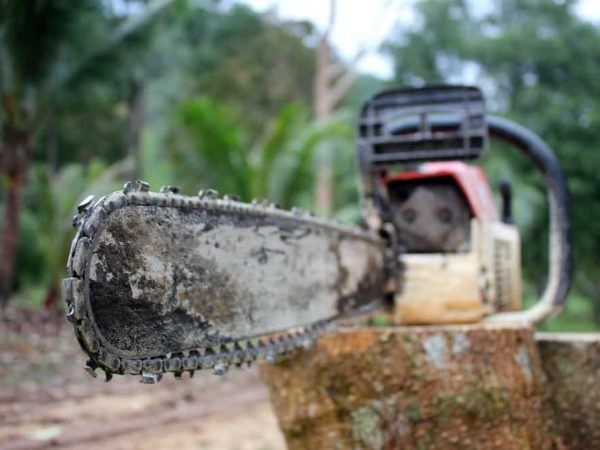
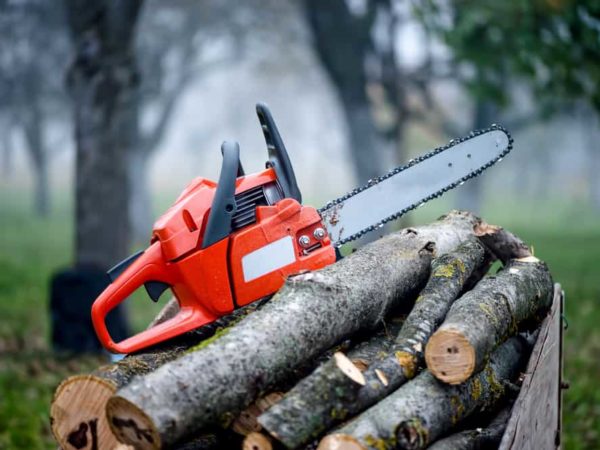
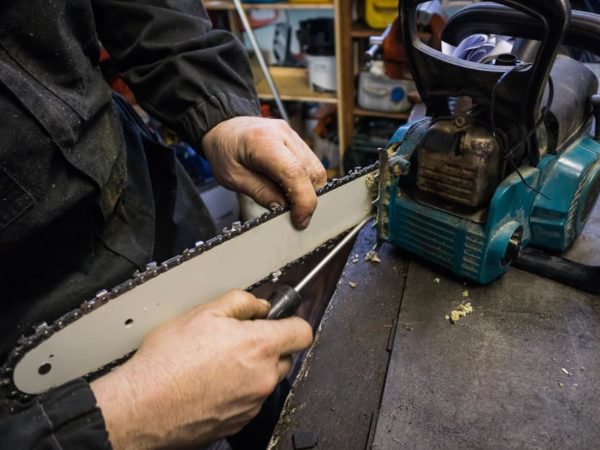
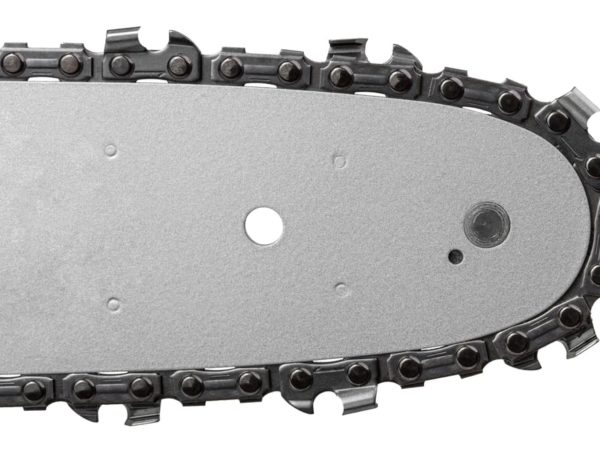
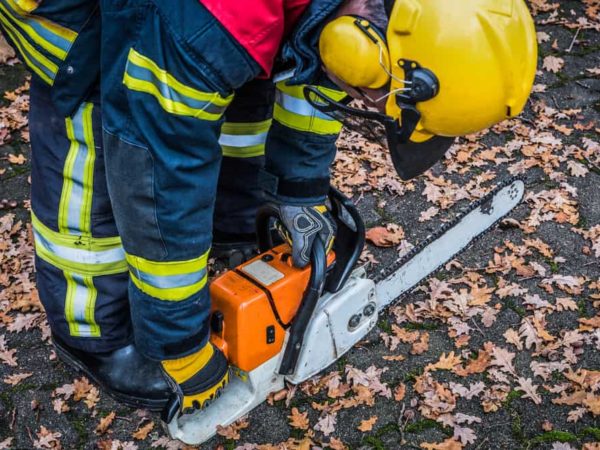

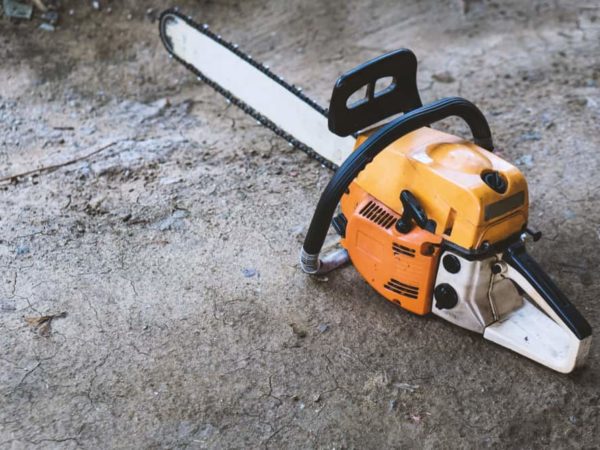
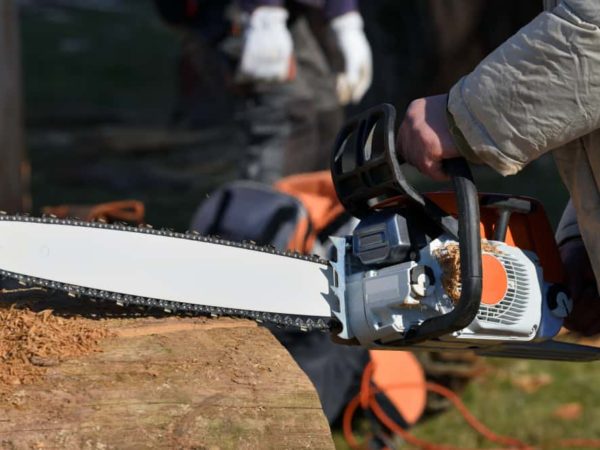
I really want to have a chainsaw. But I lack a budget. So how do I want to fulfill this dream ..!?